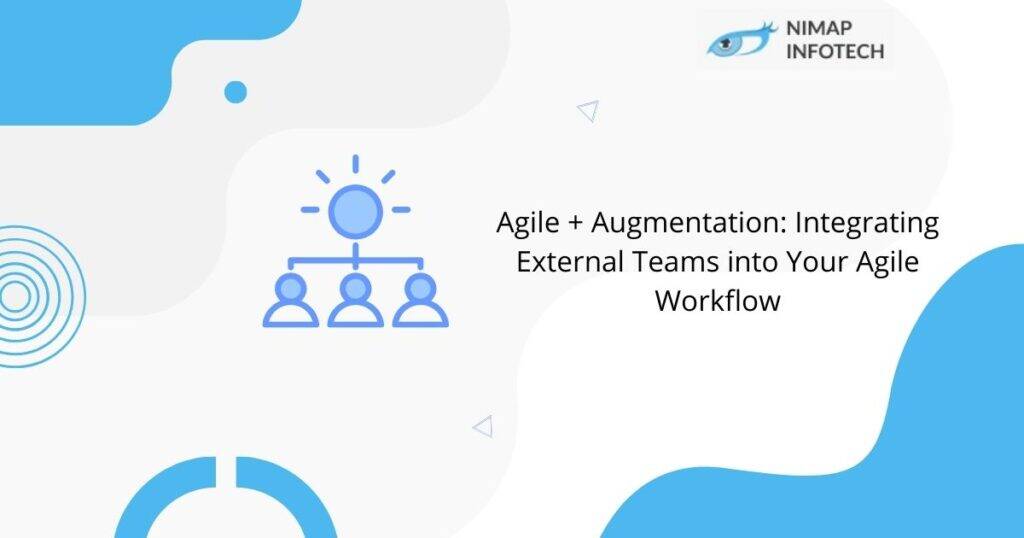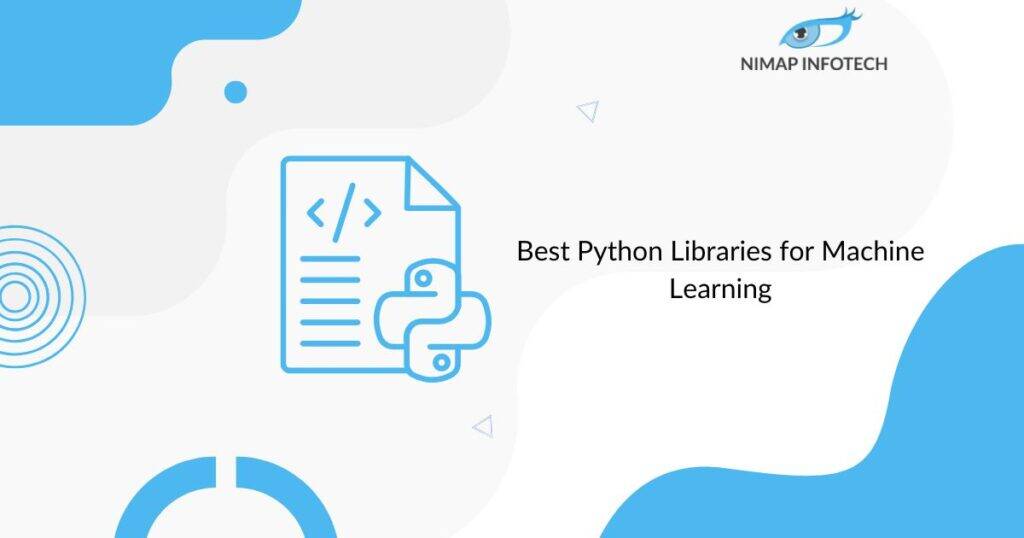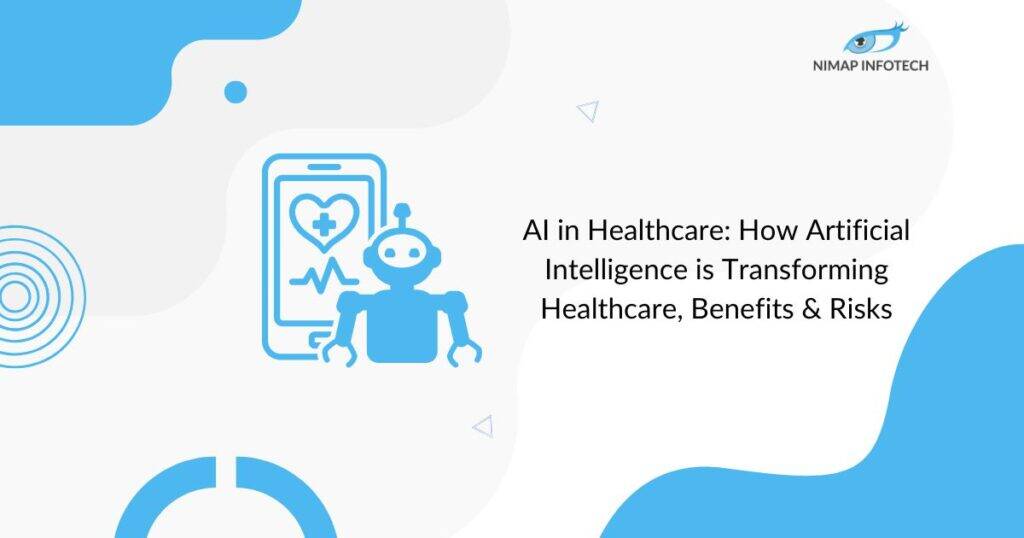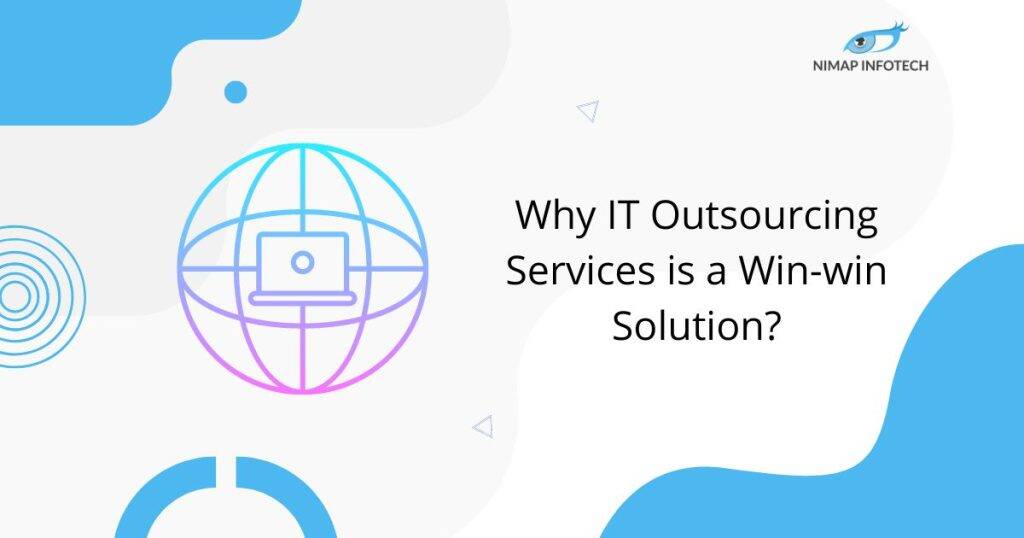What is Ruby?
Ruby is a programming language designed in 1995 by Yukihiro Matsumoto. To create a flexible, object-oriented language that programmers would prefer using, he introduced Ruby.
Ruby has now become a popular language for developing online applications, with several well-known websites utilizing it. It includes Apple, ZenDesk, Twitter, GitHub, Hulu, and Urban Dictionary. At the same time, Ruby has become the general-purpose programming language. It is more utilized in the industry than in scientific or academic contexts.
Ruby is majorly used in web app development. It is also handy for many other programming projects, such as constructing servers, data processing, web scraping, and crawling.
Ruby on Rails, published in 2004 and has made the language considerably more user-friendly, is the most often used framework for running Ruby. This is a major reason why Ruby is the favored language for application development at many start-ups, even though it is not the only framework available for the language.
What is Python?
Python is a user-friendly programming language, extensively used in many apps like data science, AI (Artificial Intelligence) & financial research. It is popular in academic contexts and is regularly taught in colleges and universities. Python was created in 1989 and published in 1994. It gained popularity in 2011 when Google disclosed that it was using it for many of its internal procedures. Google is not the only significant corporation. It uses Python; Dropbox, Instagram, Mozilla, and Yahoo are others.
While Django is the most popular Python framework, alternative frameworks are available. Django, introduced in 2005, contributed to Python’s competitiveness with Ruby and the Ruby on Rails framework.
Features of Python:
- Python features a straightforward and intuitive syntax that is simple to learn, understand, and maintain. As a result, it is an excellent language for beginners.
- Python is a flexible language that can readily integrate with Java, C, and C++ programming code.
- Despite being an interpreted language, Python is fast because of its efficient architecture and usage of compiled modules.
- Python may operate on various hardware platforms and operating systems using the same interface. This means you can build software on one platform and run it on another without modifications.
- Python supports automatic garbage collection so you won’t worry about memory management.
- Python enables interactive testing and debugging, making it simple to test and debug your code.
- You can add low-level modules to the Python interpreter to interface with underlying system resources.
- Python provides a great framework and support for huge applications, making it a popular choice for large projects.
- Python provides high-level dynamic data types, allowing you to work with complicated data structures easily. It also allows dynamic type checking, which speeds up the development process.
- Python’s syntax is simple and easy to understand, making it an ideal language for novices.
Hire Python Developer
Features of Ruby:
- Ruby is a general-purpose, interpreted programming language that may use in many applications.
- Ruby is an object-oriented programming language, which implies that everything in it is an object.
- It is being used to build Internet and intranet apps.
- Ruby offers many built-in functions that offer Ruby scripts, making it simple to develop applications.
- Ruby, like Python and PERL, is a server-side scripting language used to develop applications that run on a server.
- Ruby’s syntax is comparable to those of several computer languages, such as Perl and C++, making learning simple.
- One can use Ruby to create Common Gateway Interface (CGI) scripts that communicate with web servers.
- Ruby is scalable and maintains huge Ruby projects.
Hire Ruby Developer
Let’s start by listing down the differences between the two languages(Ruby vs Python):
-
Web Framework:
There are various prominent web frameworks in both Ruby and Python. Ruby on Rails is a prominent Ruby web framework, whereas Django and Flask are popular Python web frameworks.
These frameworks enable the rapid and efficient creation of web applications. Ruby and Python both use the model-view-controller (MVC) pattern. Include several libraries to enhance functionality and have repository repositories of their own. Both frameworks perform well in web development.
-
Machine Learning:
While both Ruby and Python use machine learning, Python has a stronger presence in the field. More machine-learning frameworks and tools are available in Python.
The Ruby stack also has potential, but Ruby’s machine learning and AI libraries need tweaking to be as good as Python.
Ruby, of course, will not replace Python anytime soon. Python, used for machine learning programming for over a decade. Ruby does have the potential for machine learning in the context of Ruby vs. Python, but Python wins.
-
Flexibility
When it comes to the Flexibility part of Ruby, it has adopted the Perl’s philosophy that there is more than one way to do it. Because of this you will find many different application methods in order to accomplish a certain task in Ruby. Depending on who is writing the code, this can lead to unnecessary complexity as well as obfuscation
On the other hand, Python uses a different approach where simplicity has more preferences and value than complexity. Hence its philosophy is that there should be only one way to do the task. So although Python code will not be the most flexible, it has a very good chance to be readable to an inexperienced programmer.
-
Popularity
Over the past few years, we have witnessed the Use of Ruby slowing down and slowly declining from the list of the top ten languages, from fifth place in 2014 to the tenth place in 2018. Comparatively, Python has maintained its spot as well as it shows an improvement in its Rankings moving from the 4th position in 2014 up to the 3rd position in 2015 where it maintained its rankings till the end of 2018.
We can also check the job opportunities for these languages. Stack overflow returned twice as many results compared to Ruby. If you use LinkedIn, Python is leading by up to 20% over Ruby. Therefore if you want a skill set high in demand then you should go for Python as your preferred skill set. But if you prefer something niche with higher pay in the long run, then you should opt for Ruby.
-
Reusable Code
When the question is about Reusable code, publicly available and ready-to-use code is an important factor when deciding on a programming language. Python is used to call them as Modules. These are available via PyPI where you can search from over 150000 modules. Reusable code in Ruby is called Gems. There are close to 150000 gems. But the most differentiation between these is the ability to filter them. PyPI allows filtering by categories like “development status” and this can be much more straightforward when manually comparing libraries and manually evaluating the code.
When the case is about packaging and automatic dependency resolution, both these languages offer a painless installation of dependencies in the development environment. An advantage on the python’s side is virtualenv enables you to isolate different versions of the Python interpreter. Ruby also has a similar feature through rbenv or rvm, but this can be a little cumbersome to use.
-
Learning Curve
Python is much easier and user-friendly as well as quicker to learn for beginners who are new to programming. The syntax is the easiest to understand and is much more readable to the average beginner. But beyond that, you need to make decisions on what framework you should use to supplement the bare-bones Python.
This is because it has inbuilt features like scaffolding and Active Record in order to accelerate your development. As soon as you know about them you will be able to build a CRUD application using API access in a matter of minutes.
-
Documentation and Libraries:
Python has a larger library than Ruby, with various modules available. The documentation is significantly more extensive, which may benefit novice users. Ruby’s simpler syntax makes it a better choice for small-scale applications.
In addition to being more mature due to its popularity or age. Python’s libraries also have better-written documentation that developers can follow. In simple terms, Python has a more extended position regarding documentation and libraries. Hence, Python wins.
-
Performance:
Python executes code quicker than Ruby, but Ruby has a more basic syntax, making it easier for developers to create and comprehend code. Ruby vs. Python compares open-source languages that might get optimized to meet your performance requirements.
-
Community:
Ruby and Python both have active communities, with many developers providing libraries and tools. Python has a larger community, meaning there are more online tools for developers to learn and interact.
Ruby only became popular after Ruby on Rails released. Python has been around for a decade, and with Python’s short learning curve, many developers believe the language would be a good fit for them.
-
Testing and Troubleshooting
Testing the code in the early phases of development is important and has to be done during the code development stages only. Even though PyTest and unit test have been present, there has not been a single framework for Behavior Driven Development (BDD) in Python. RSpec plays this role in Ruby and behaves seem to show some results but it does not look mature as RSpec.
Recommended Reading: Java Vs Python
Ruby VS Python: Direct Comparison
| Terms | Python | Ruby |
|---|---|---|
| Definition | Python is a high level programming language. | Ruby is a general purpose programming language. |
| Object Oriented | object oriented programming language is not provided in full | Fully object oriented programming language. |
| Developing Environment | multiple IDEs are supported. | Only EclipseIDE is supported. |
| Mixins | Mixins can’t be used. | Mixins are used. |
| Web frameworks | Django | Ruby on Rails |
| Libraries | libraries range is larger | It has smaller library range than Python. |
| elseif | elif | elseif |
| Devlopers | Created 1991 by Guido Van Rossum. | Created 1995 by Yukihiro “Matz” Matsumoto. |
| Unset a variable | It will be present in the symbol table as long as it is in scope. | Once a variable is set you can’t unset it back. |
| Anonymous functions | Support only lambdas. | Support blocks, procs and lambdas. |
| lambda functions | It support only single line lambda function. | Its lambda functions are larger. |
| Functions | It has functions. | functions are not available |
| Community | Focussed in academia and Linux. | Mainly focused on web. |
| switch/case statement | It doesn’t support switch/case statement. | It support switch/case statement. |
| yield keyword | It returns execution to the scope outside the function’s invocation. External code is responsible for resuming the function. | It will execute another function that has been passed as the final argument, then immediately resume. |
| Built-in classes | Built-in classes can’t be modified | Built-in classes can be modified |
| Inheritance | Multiple inheritance is supported | Single inheritance is supported |
| Tuples | It support tuples. | It doesn’t support tuples. |
| Usage | Google, Dropbox, Instagram, Mozilla, Yahoo, Venom, You Tubes | Apple, GitHub, Twitter, Hulu, ZenDesk, Urban Dictionary |
Advantages of Python:
- Python is an object-oriented programming language, which implies that everything in Python is an object.
- Python has several prebuilt libraries, which make development chores easier.
- It has an elegant syntax that makes reading and creating applications simple.
- Python has a big standard library; thus, it can handle many typical programming jobs without needing extra libraries.
- Python provides database interfaces to all major commercial DBMS systems, making database work easier.
- It is cross-platform, meaning it can operate on various computers and operating systems. Moreover, includes Windows, macOS, Unix, and others. It also has a basic syntax compared to the Java, C, and C++ languages, making it easy to learn.
- Python aids in the simplification of difficult programming by dealing with memory locations and garbage collection.
- Python provides a large library and useful tools for developers, which makes programming jobs easier.
- Unlike other languages’ code, Python programming is simple to develop and debug, making it simple to maintain.
- Python is a portable language, which means it can operate on a broad range of operating systems and platforms.
Advantages of Ruby:
- Ruby is a very versatile language that allows developers to adapt and change their code as needed quickly.
- Moreover, Ruby has a large and friendly community with a wealth of resources for developers to learn from and cooperate with.
- Ruby allows developers to use their imagination to solve issues.
- It has a simple and easy-to-learn syntax, making it straightforward for novice developers to learn.
- It is an open-source language designed to help developers to work faster. Enabling for speedier creation of web applications of any scale.
- Ruby is an object-oriented programming language. Which can result in better-structured, modular code that is easier to comprehend and maintain.
- Ruby provides a diverse set of tools and frameworks. Making it simple to create and deploy web applications with a wide range of features and capabilities.
- Ruby is a cross-platform language that can operate on various operating systems and hardware. Giving developers more freedom and adaptability.
- Ruby is a typed language. It implies that it provides more flexibility and simplicity of development by eliminating the need for developers to declare variable types.
Read More: PHP vs Python
Conclusion:
Ruby and Python are the two most mature language frameworks that have provided many benefits. These benefits are for web development and made the overall development effort a whole lot easier and flexible. If you’re looking to hire Ruby Developers or to hire python developers then contact us at enquiry@nimapinfotech.com with your requirements. Our representatives will get back to you within 24 hrs.
Hope you like this comparison on Ruby vs Python.
Author
-

Sagar Nagda is the Founder and Owner of Nimap Infotech, a leading IT outsourcing and project management company specializing in web and mobile app development. With an MBA from Bocconi University, Italy, and a Digital Marketing specialization from UCLA, Sagar blends business acumen with digital expertise. He has organically scaled Nimap Infotech, serving 500+ clients with over 1200 projects delivered.
View all posts









